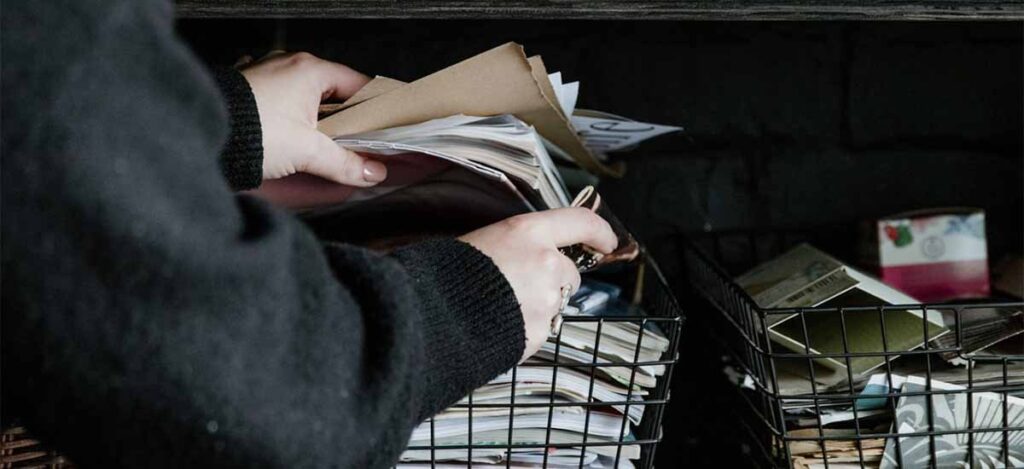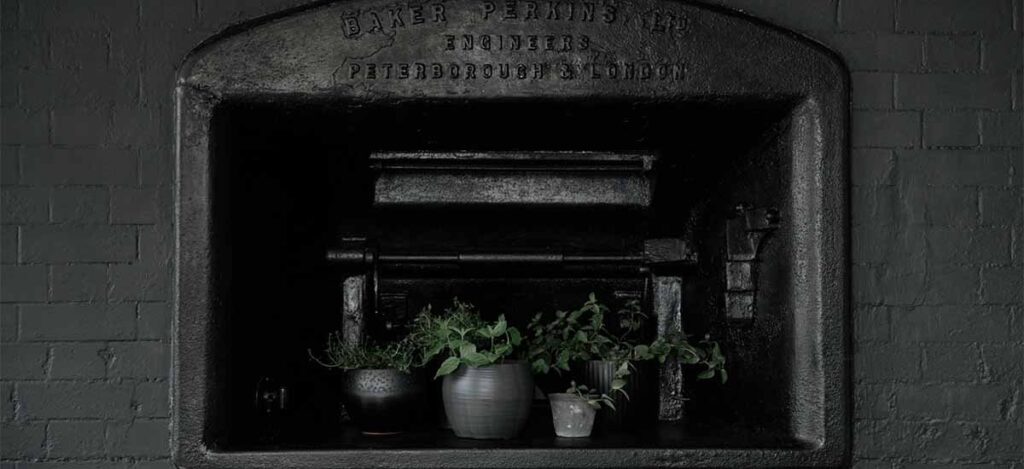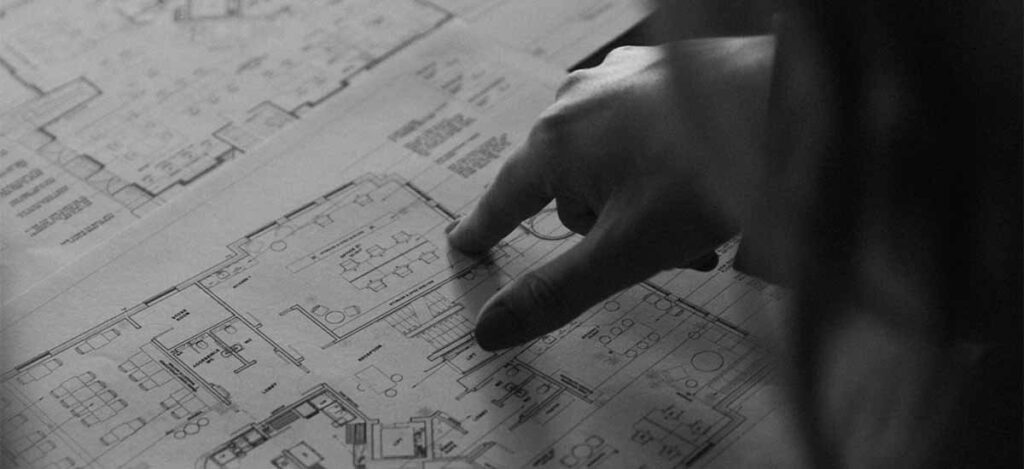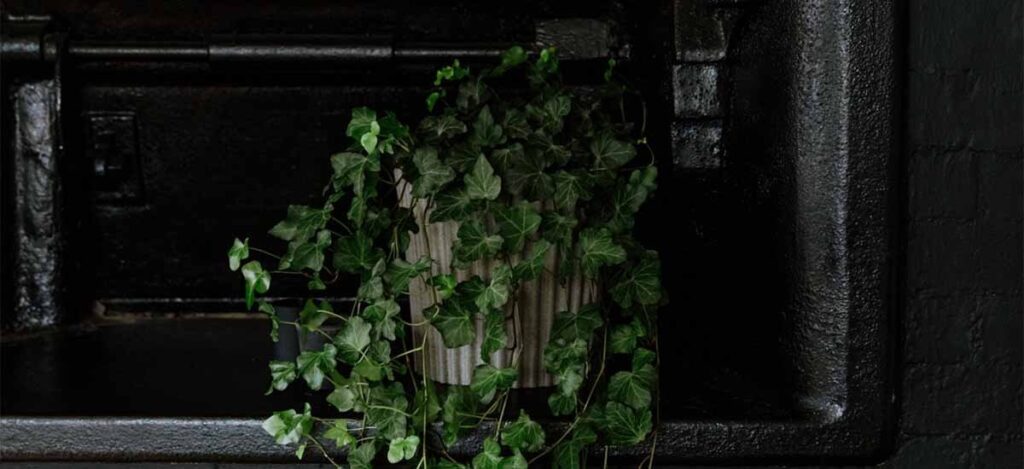Like for you, sustainability is quite frequently at the forefront of our minds. The interior design industry itself is one of the most wasteful industries, contributing to the 200 tonnes of waste that the UK alone produces a year.
Our Content Writer, Eloise, caught up with Bekki Stovell, of Steele & Stovell, about this subject. Steele & Stovell are extremely conscious in their designing, putting emphasis on the importance of sustainability in interior design. We’re grateful that Bekki was kind enough to share some of her tips and tricks for designing consciously.

How important do you feel sustainable practices are in interior design & why?
They are hugely important. Interior design and construction are two of the most wasteful industries. Interior designers have an awful habit of ripping out things that are perfectly fine and functional, to replace them with something new and on-trend, which is something that just can’t continue to happen. Designing with a conscience is so important, and reducing waste is vital.
Is it difficult to stay on trend while remaining eco-conscious?
We are mindful of trends, but for us it is about taking a different approach from the beginning, and going much deeper than popular aesthetics when we plan our projects. When we design, we will look to stories, history and the surrounding area to inspire us. When you don’t focus on trend, it is almost impossible to fall out of it. We tend to avoid specifying things that are very of-the-moment, like terrazzo, or copper for example, as they date far too quickly. Designing with longevity in mind allows spaces and pieces to last so much longer.

Is it possible to design sustainably on a budget?
It is widely believed that eco-conscious interior design is more expensive, which I would suggest is a myth. While some sustainable materials and products may have a slightly higher cost upfront, choosing products that last, or that can be repaired and adapted over time, means you will be spending a lot less in the long run. This is why I love using Fritz Fryer’s lights, the designs are timeless and your restoration service means that I can repair instead of replacing. Using vintage and second-hand pieces is also a great way to keep costs down – you can find some amazing things on sites like Gumtree, ebay and Nextdoor, and it’s always worth checking out auctions and flea markets too.
What are your go-to eco friendly brands to use when designing?
Oh there are so many fantastic and innovative brands out there! Coat paints are implementing some great ideas for reducing waste, such as their peel-and-stick test strips (as opposed to tester pots of paint), and a recycling scheme for used tins. Ted Todd were one of the first flooring companies to become FSC certified in Europe, and they create some fantastic sustainable wood flooring that can be sanded and refinished again and again. A great company we have discovered recently is Clayworks – they create these cool, breathable clay plasters that are tinted all the way through. This means that over time, when there is natural wear and tear, you won’t need to replace or paint over them, they just build patina and character.

What are your top tips for designing sustainably?
Firstly, don’t take things at face value. There’s a lot of greenwashing about, so read up on the companies you are using, to make sure that they are really as conscious as they are claiming to be.
Look to those with more expertise in the subject than you for advice. You may think you have chosen a sustainable brand but someone more informed will notice if all isn’t as it first seems.
If an item/finish you really want to use just isn’t sustainable, see if you can track down a second-hand one online.
And finally, don’t be afraid to challenge brands and encourage them to do better. If you like a company and really want to work with them, but aren’t happy with their practices, challenge them on it – your message may be just the push they need!

Steele and Stovell are an identity & interior design agency, based in Surrey. Discover their amazing work, and the impressive ways they strive to design with the planet in mind.

